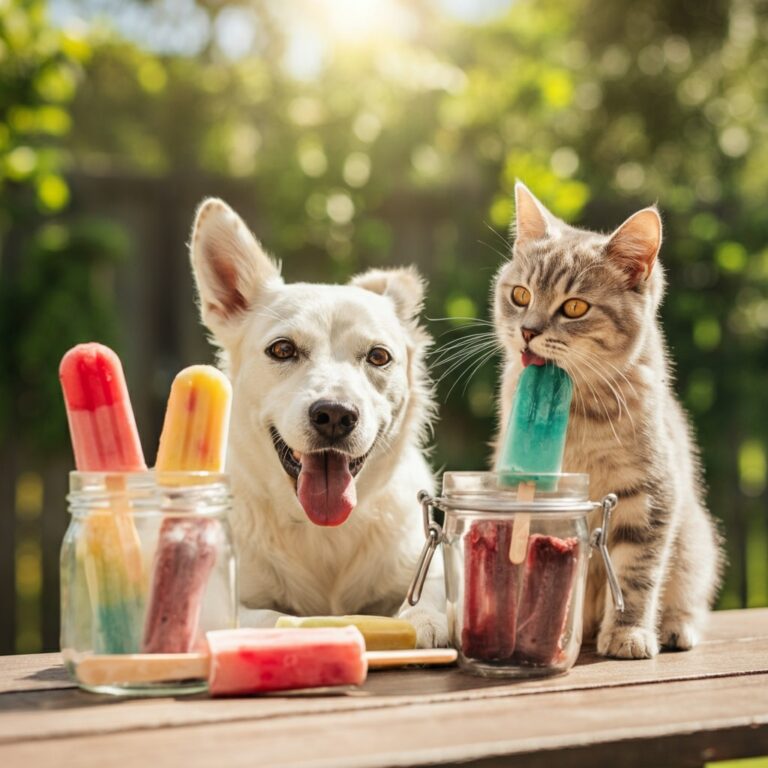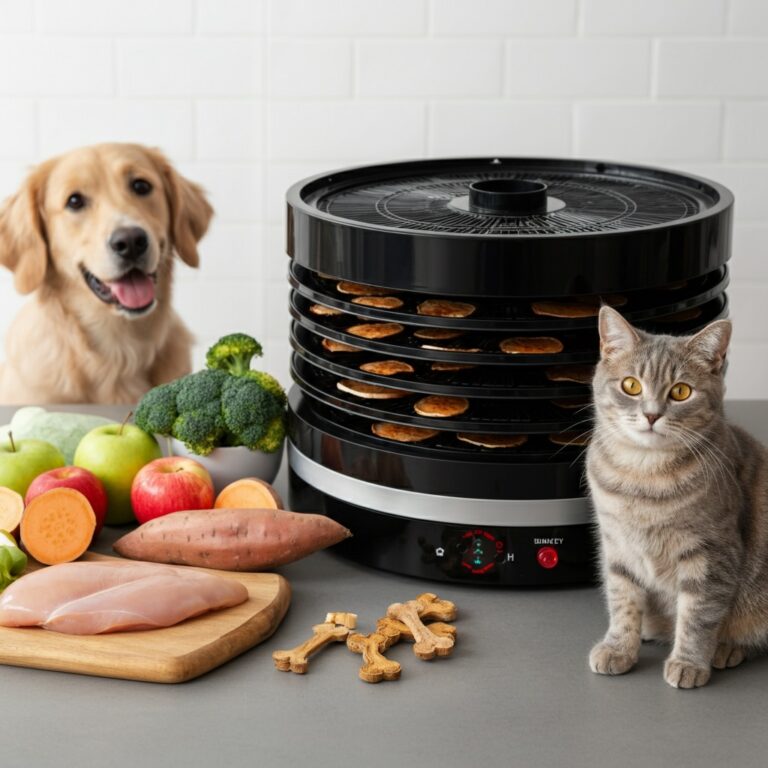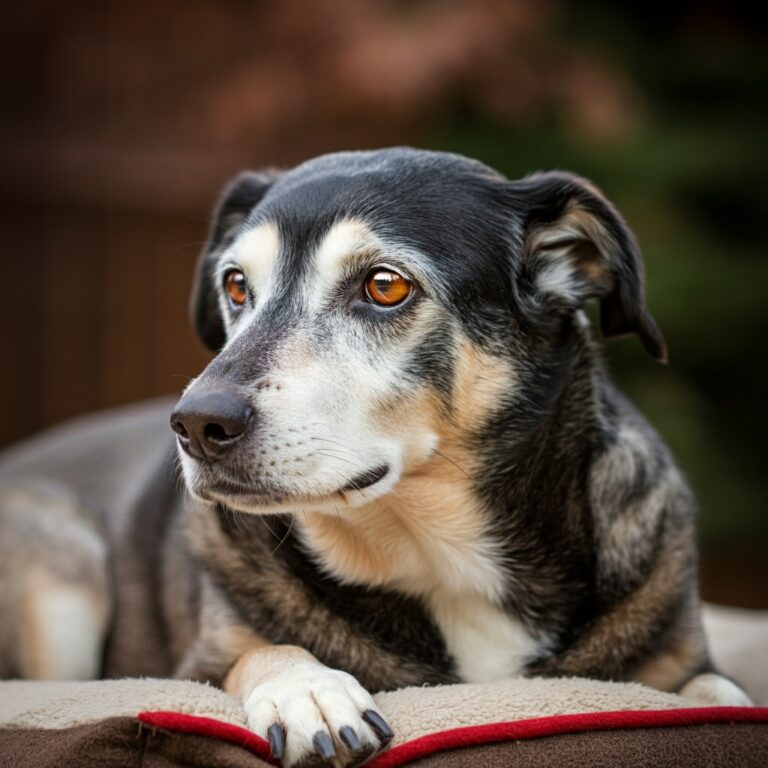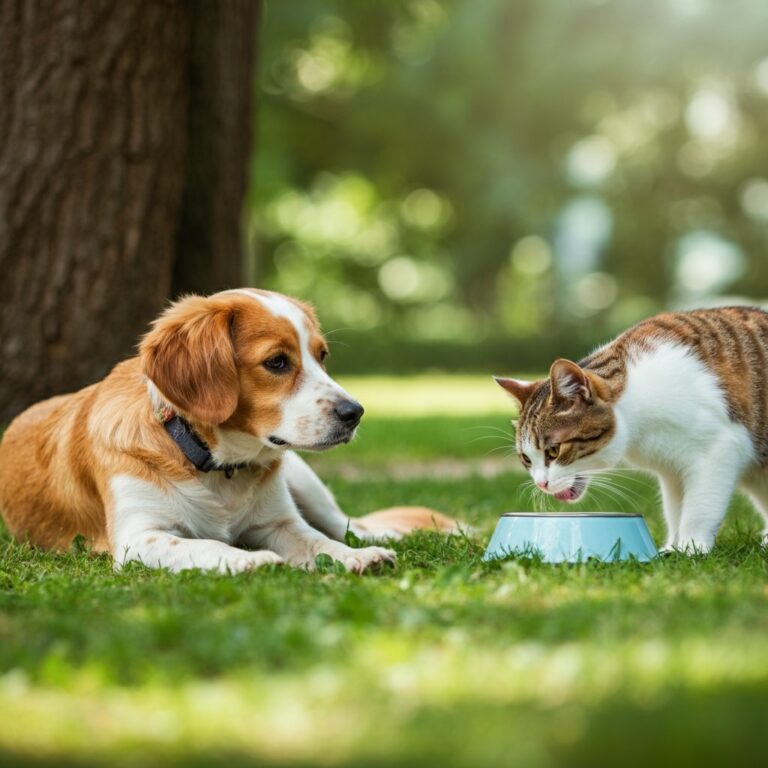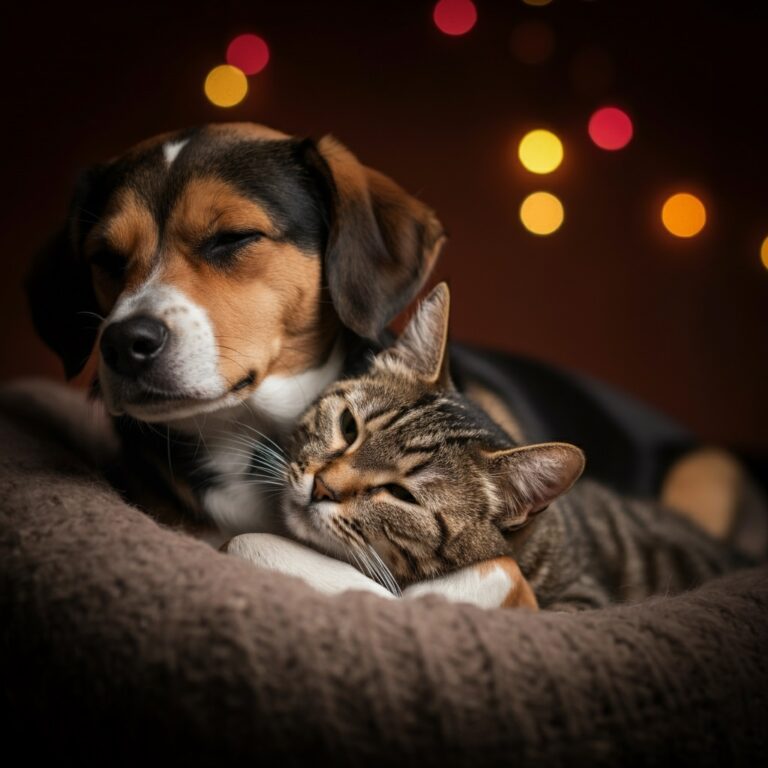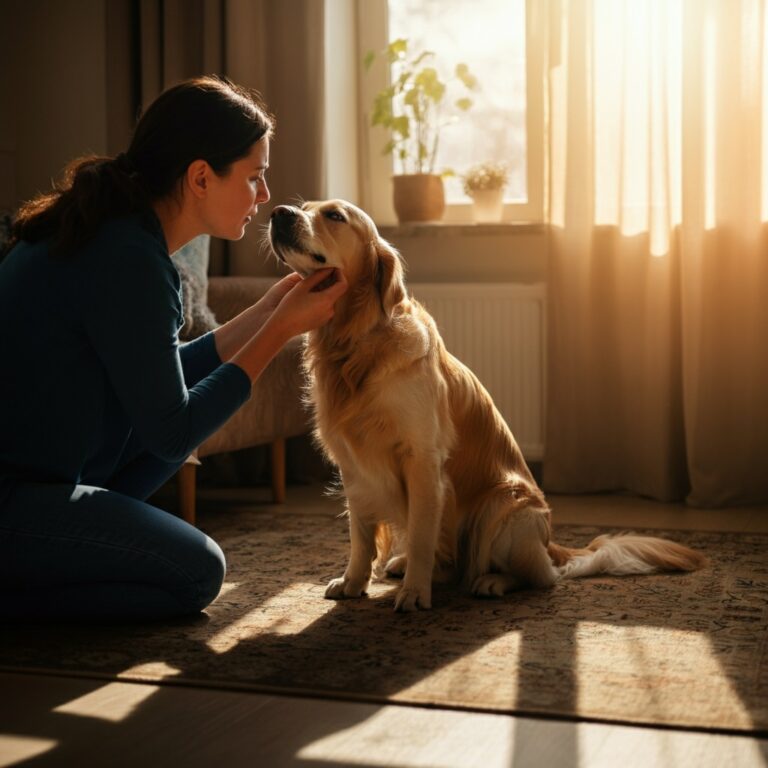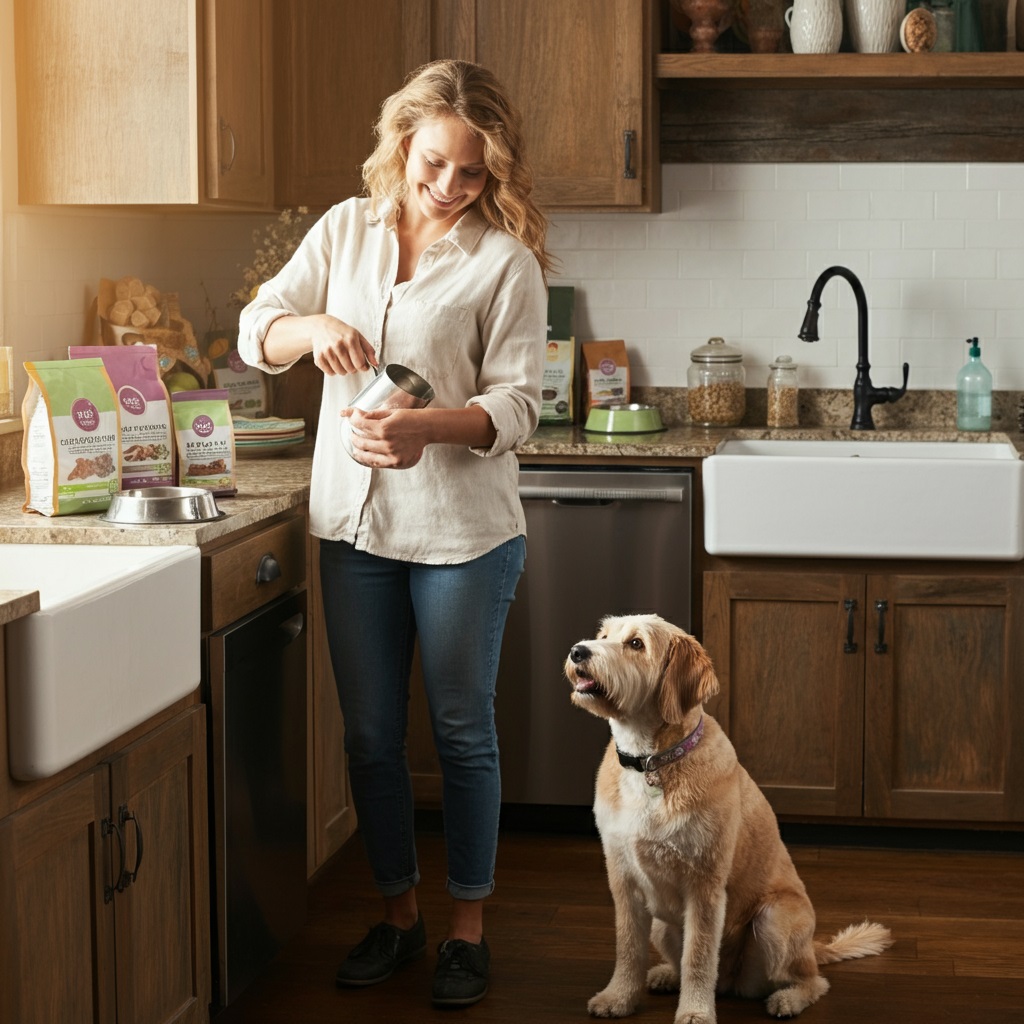
One of the most common questions pet owners have is, “Am I feeding my pet the right amount?” Getting this right is crucial for your pet’s overall health, happiness, and longevity. Overfeeding can lead to serious problems like obesity, while underfeeding may leave your pet malnourished and deficient in vital nutrients.
This comprehensive guide will help you understand how to properly feed your pets based on their unique needs. Whether you’re a seasoned pet owner or a first-timer, read on to ensure your furry friend is getting the perfect portion every day.
Why Proper Nutrition is Important for Pets
Nutrition directly influences your pet’s overall health, energy levels, and quality of life. Just like humans, pets need a balanced diet tailored to their needs to thrive. The correct amount and type of food can contribute to:
- Healthy weight management
- Shiny coats and strong skin barriers
- Proper growth and development for young pets
- Prevention of medical conditions like diabetes or joint issues
- Strong dental and digestive health
But here’s the tricky part—not all pets are the same. Age, activity level, breed, and other factors all come into play when determining how much to feed your pet.
Factors That Determine How Much to Feed Your Pet
Pet Size and Weight
The larger your pet, the more food they are likely to require. For example:
- A small dog weighing 10 pounds will likely need significantly less food than a 50-pound dog.
- Cats typically weigh between 8 and 12 pounds on average, meaning their caloric intake will be fairly consistent unless they’re underweight or overweight.
It’s important to know your pet’s ideal weight. Regular weigh-ins will help you monitor their food intake and prevent overfeeding.
Age and Life Stage
Different life stages require tailored nutrition:
- Puppies and Kittens need a diet that supports rapid growth and high energy levels. Feeding schedules may include more frequent meals throughout the day.
- Adult Pets need maintenance diets that balance energy needs with weight control. Meal sizes may reduce compared to their younger days.
- Senior Pets may require fewer calories as their activity levels decline. Look out for weight gain in less active pets. They might also benefit from specialized food for joint and digestive care.
Activity Levels
Does your pet nap most of the day, or are they the four-legged equivalent of an Olympic athlete?
- High-energy breeds like Huskies, Border Collies, and Bengal cats burn more calories and will need greater food portions.
- Less active pets, such as a house cat or senior dog, may do better on a lighter diet to prevent unnecessary weight gain.
Breed
Certain breeds have significantly different dietary requirements. For example:
- Large breeds like Labrador Retrievers are predisposed to weight gain, so their diets may include tailored portions and low-calorie options.
- Small breeds like Chihuahuas need calorie-dense food due to their faster metabolisms.
- Cats bred for active hunting (like Siamese or Abyssinians) may need high-protein, high-energy food compared to more sedentary breeds.
Spaying or Neutering Status
Spayed or neutered pets often experience hormonal changes that can impact their metabolism. They may require fewer calories compared to their intact counterparts, so adjusting food portions accordingly is crucial.
Health Conditions
If your pet has specific health conditions, their dietary needs may vary:
Continues after advertising
- Pets with diabetes often need controlled carbohydrate intake.
- Dogs with sensitive stomachs may require hypoallergenic diets.
- Obese pets should follow a weight management routine prescribed by a veterinarian.
Estimating the Right Amount to Feed
Many commercial pet foods include feeding recommendations printed on the packaging. While these guidelines are useful starting points, they often don’t consider your pet’s unique needs.
Calories Per Day
Here’s a general rule of thumb to estimate caloric needs per day:
- Small dog (10 pounds): 200-275 calories
- Medium dog (30 pounds): 600-750 calories
- Large dog (50 pounds): 1,000-1,200 calories
- Cat (8-12 pounds): 150-250 calories
These numbers will vary, so it’s always best to consult your vet for personalized advice.
Read the Label
Look for clear, detailed information on pet food packaging. This will typically include:
- Caloric content (e.g., kilocalories per cup or can)
- Nutrient breakdown (e.g., protein, fats, carbs, etc.)
- Weight-based portion suggestions
Meal Frequency
Meal frequency often depends on age:
- Puppies and kittens (under 12 months): 3-4 meals a day
- Adult pets (1-7 years): 1-2 meals a day
- Senior pets (8+ years): 2 smaller meals for easier digestion
Treats Count Too
Be mindful of extra calories from treats. Experts recommend treats should make up no more than 10% of your pet’s daily caloric intake.
Monitoring and Adjusting Food Intake
It’s important to periodically assess your pet’s weight, body condition, and energy levels to determine whether their diet is working:
- Overfeeding Signs:
- Weight gain
- Decreased activity levels
- Joint stiffness
- Underfeeding Signs:
- Rib bones visible or easy to feel
- Hair loss or dull coat
- Increased begging or signs of hunger
Keep in mind that sudden dietary changes can upset a pet’s stomach. If you need to adjust portions or switch food types, do so gradually over 7-10 days.
Exploring Specialty Diets
Interested in going beyond the standard pet food route? Specialty diets can cater to a range of needs:
- Raw Food Diets focus on fresh, uncooked ingredients and mimic the diet pets might follow in the wild.
- Grain-Free Diets are suitable for pets with allergies to grains.
- Home-Cooked Meals give you more control over the ingredients, but always consult your vet or a veterinary nutritionist to ensure balanced proportions.
Read More👉 Beagles The Scent Hounds of 2025
Building a Strong Foundation for Your Pet’s Health
Feeding your pet the right amount is about more than just following a chart on the back of a food bag. It requires understanding their unique needs, monitoring their health and weight, and making adjustments as they grow older or their activity levels change.
Still unsure about where to start? Consult your veterinarian for personalized recommendations that suit your pet’s lifestyle and nutritional requirements.
By being mindful of what, how much, and when you feed your pet, you’re taking a critical step toward a happier, healthier life for them. Plus, there’s nothing better than seeing their wagging tail or contented purr after a delicious, nourishing meal!
